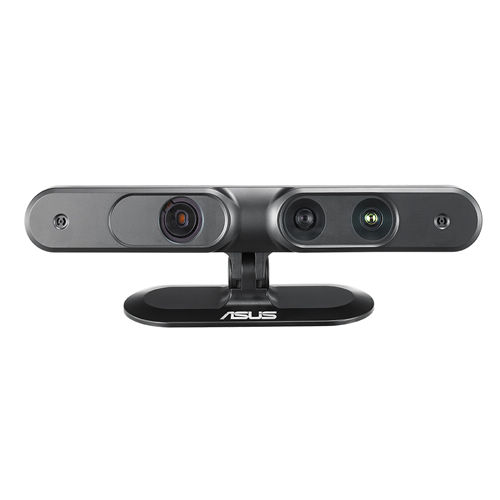Here are few words on a new feature we’ve added these days to our main development trunk: Tracking failure detection and recovery. Using that feature the system is capable of detecting various tracking failures and recover from that. Tracking failures occur, for example, when the user points the sensor in a direction that is not being covered by the volume currently reconstructed, or when the sensor is accelerated too fast. Once a tracking error is detected, the system switched to a safety position and requires the user to roughly align viewpoints. It automatically continues from the safety position when the viewpoints are aligned.
Here’s a short video demonstrating the feature at work.
We are considering to integrate this feature into the final beta phase, since stability of the system and its usability increase. Be warned, however there are still cases when the systems fails to track and fails to detect that the tracking was lost, causing the reconstruction to become messy.




 Yesterday we’ve received a new
Yesterday we’ve received a new